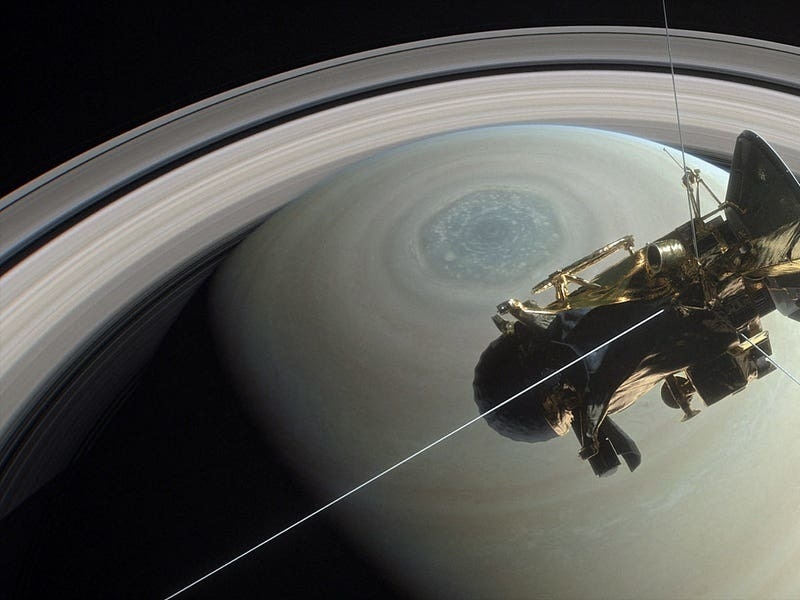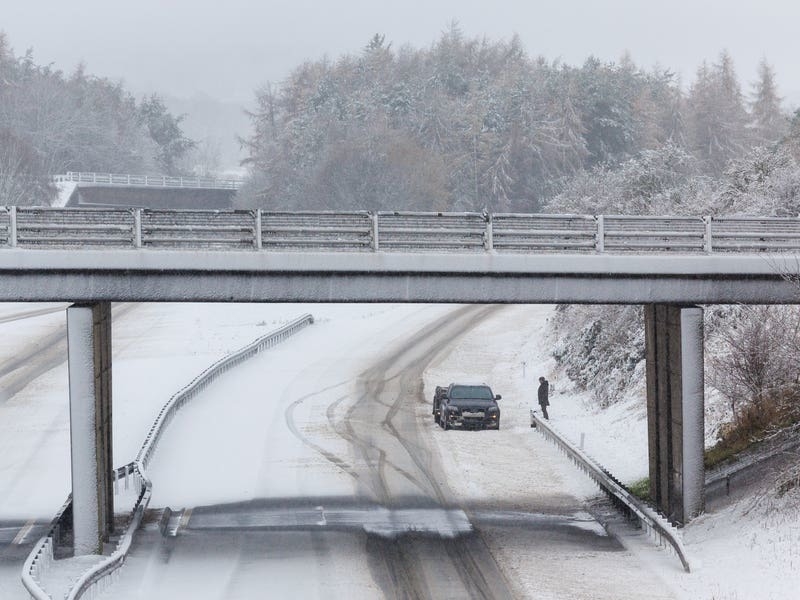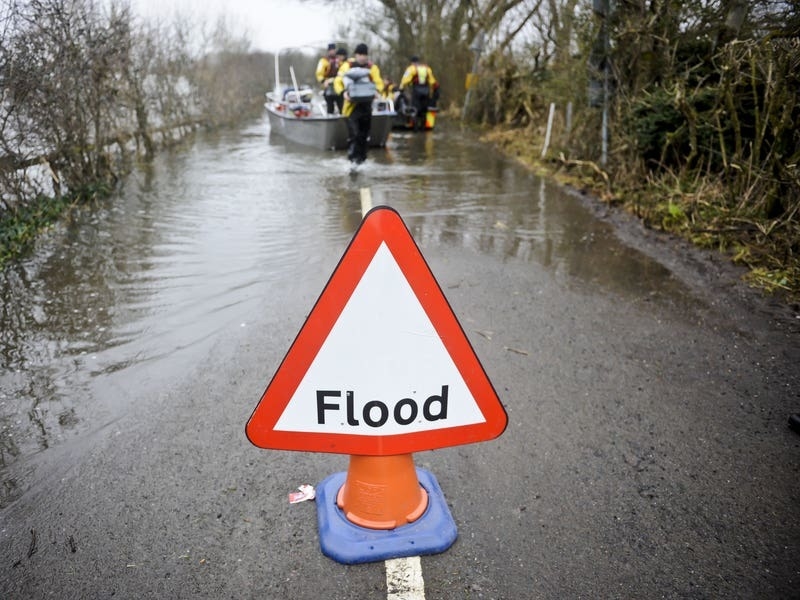Scientists are gearing up for the spectacular fiery grand finale of one of humanity’s most ambitious and successful space missions.
On September 15, the American space agency Nasa’s Cassini probe will stop orbiting Saturn and fire its thrusters to begin a suicidal dive in to the planet’s thick atmosphere.
For a brief one or two minutes before burning up, the spacecraft will sample Saturn’s ammonia-rich clouds and beam back new data about their chemical composition.
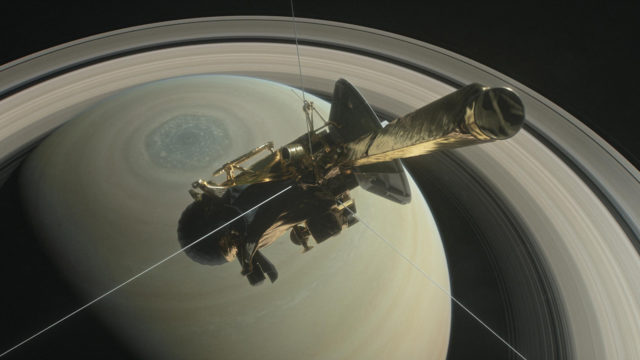
Nasa predicts that it will lose contact with the spacecraft at around 12.55am UK time (7.55 EDT), but this could change.
Because Saturn is so far away, Cassini’s last-gasp signals will be received on Earth 83 minutes after the probe’s destruction.
Launched in October 1997, Cassini took seven years to reach Saturn in July 2004, carrying with it a small European Space Agency lander called Huygens.
Since its arrival more than a decade ago, the spacecraft has delivered a wealth of information about the ringed planet and its moons.
A high-point of the mission came in January 2005 when Huygens dropped through the dense hydrocarbon atmosphere of Saturn’s largest moon Titan, and touched down on a pebble-strewn surface with the consistency of wet sand.
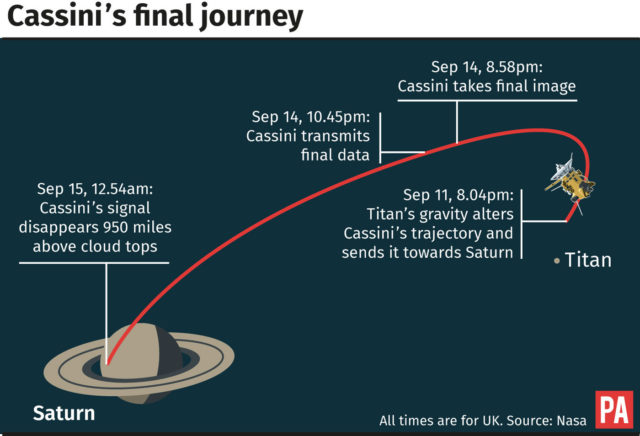
During its parachute descent, the probe captured images of features that looked like shore lines and river systems on Earth.
Scientists now know Titan has lakes and seas filled with liquid methane and ethane.
Another key discovery made by Cassini was a global ocean under the icy surface of another moon, Enceladus, that may sustain life.
The spacecraft also investigated giant storms on Saturn and spotted raging hurricanes at both poles.
In addition, it has identified natural radio waves from inside the planet whose origin remains a mystery, and by studying the famous rings – made from dust, rock and ice – shed new light on how planets and moons form.
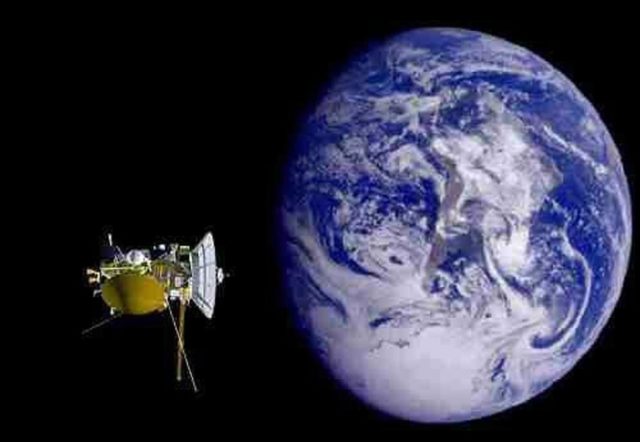
“Landing on Titan revealed a cold, but surprisingly Earth-like landscape, shaped by the flow of methane rather than water, and the icy volcanoes of Enceladus hint at a habitat for life below its frozen surface.
“The scientific legacy of the mission will extend long beyond its fiery end in the clouds of Saturn.”
Scientists took the decision to kill off Cassini because of the remote possibility of the spacecraft colliding with Titan or Enceladus, both of which could be potential habitats for simple life forms.
The probe is running low on the fuel it uses for course corrections and may soon be impossible to control.
Rather than risk contaminating the two moons with Earth bugs, or further contaminating Titan after the Huygens landing, plans were made for Cassini’s safe disposal.
Dr Linda Spilker, Cassini project scientist from Nasa’s Jet Propulsion Laboratory in Pasadena, California, said: “The Cassini mission has been packed full of scientific firsts, and our unique planetary revelations will continue to the very end of the mission as Cassini becomes Saturn’s first planetary probe, sampling Saturn’s atmosphere up until the last second.
“We’ll be sending data in near real time as we rush headlong into the atmosphere.
“It’s truly a first-of-its-kind event at Saturn.”

